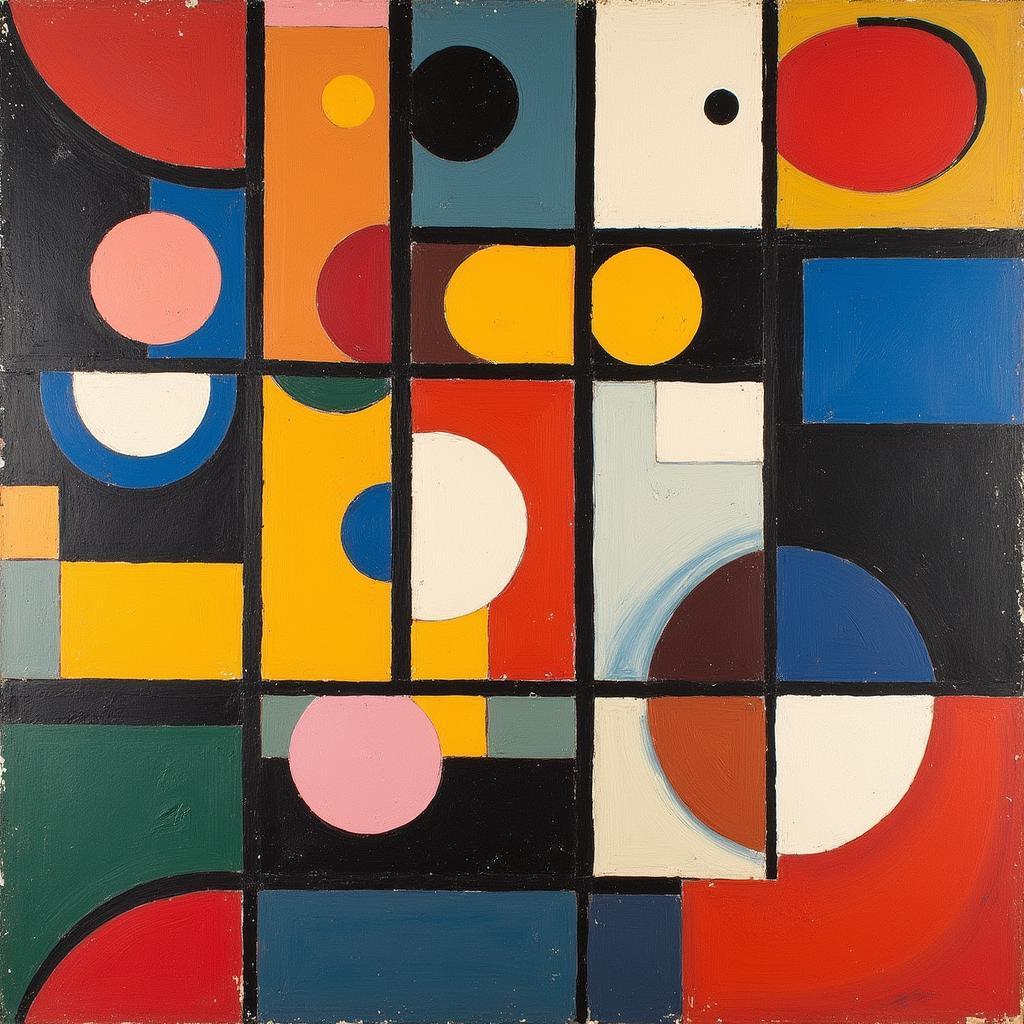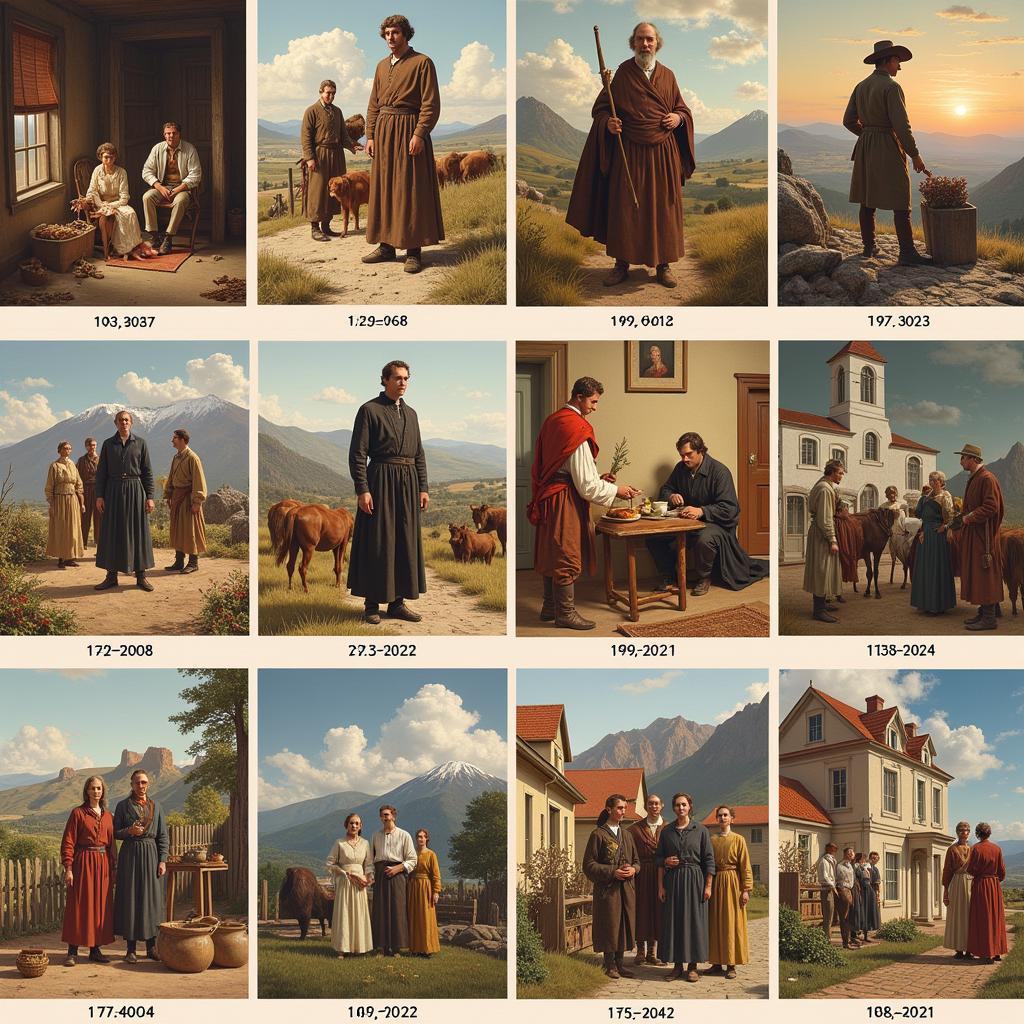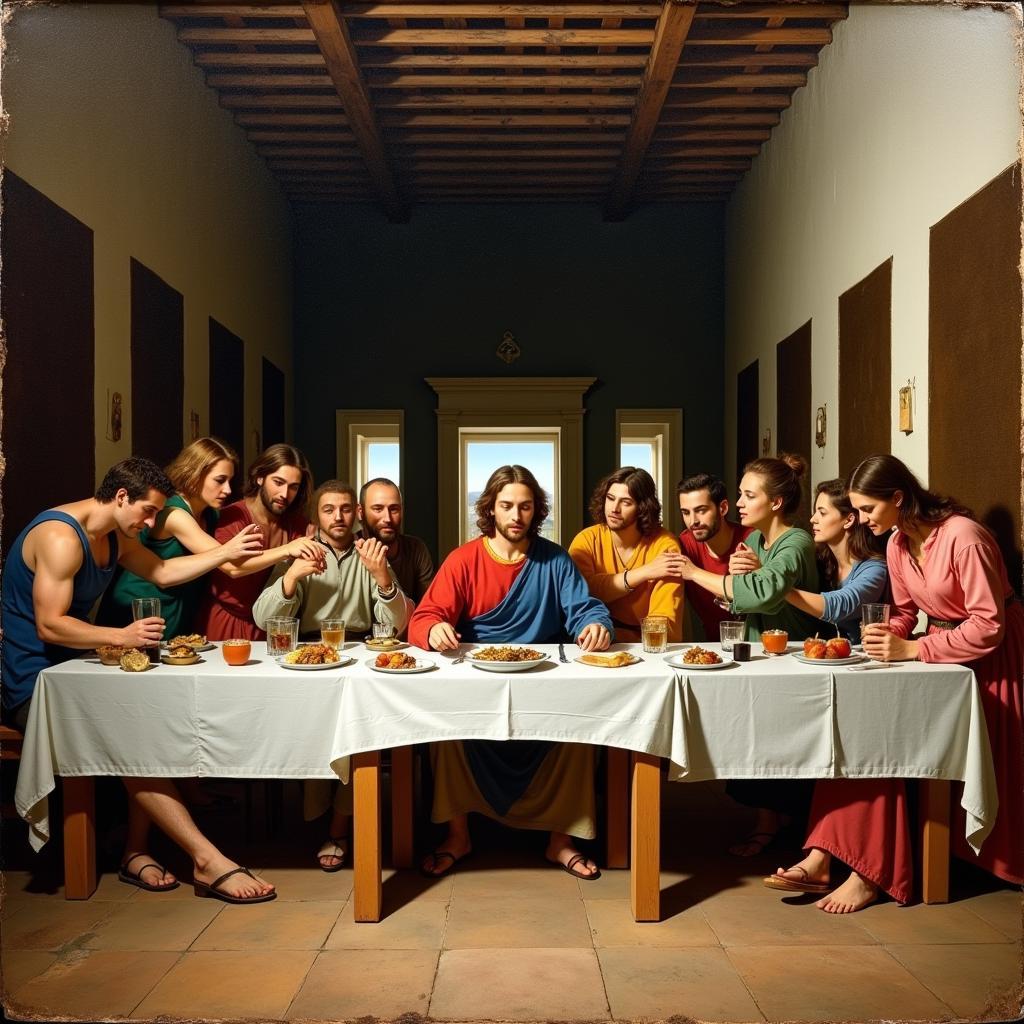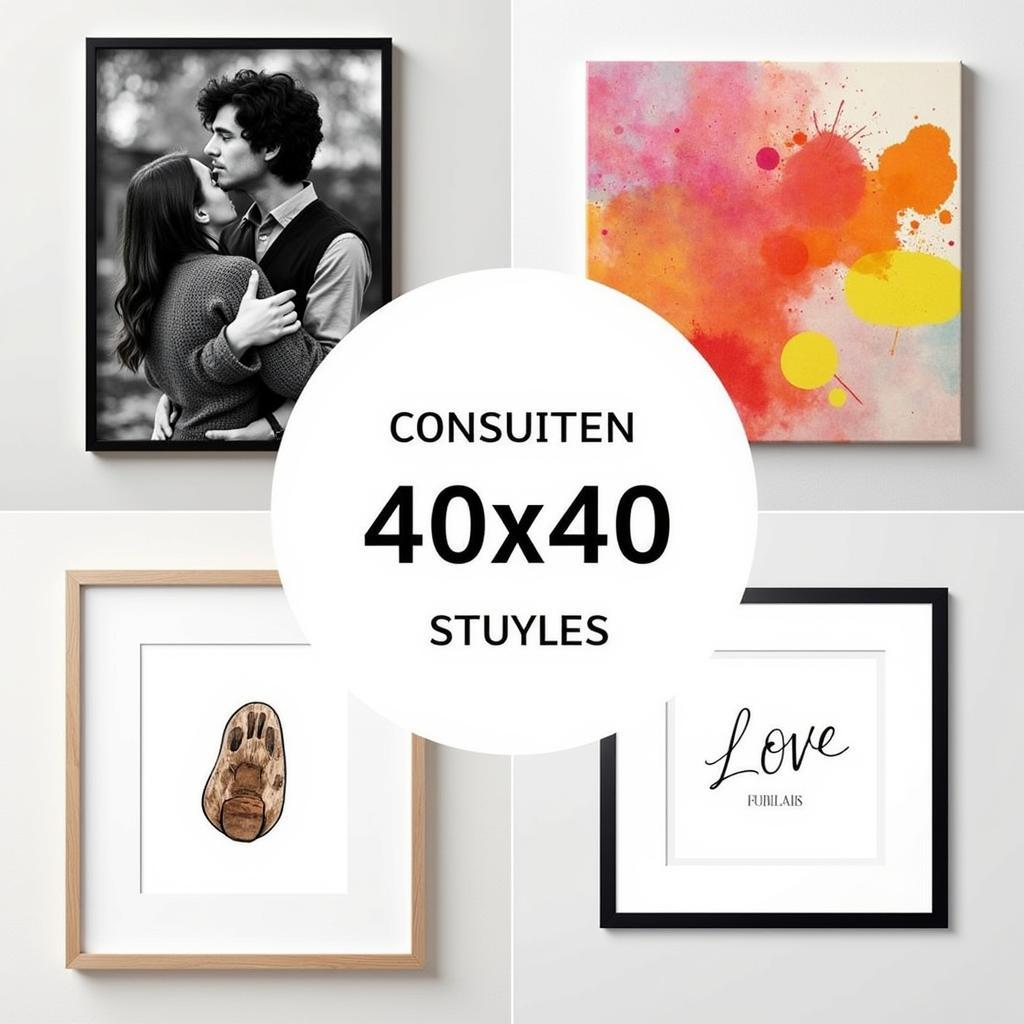Exploring the World of Paintings of Abstract Art
Abstract art paintings offer a unique lens through which we can explore the world of emotions, ideas, and pure aesthetic experience. Unlike representational art, which aims to depict the world as we see it, abstract art seeks to convey meaning and evoke feelings through non-representational forms, colors, and compositions. Within the first few brushstrokes, a world of possibilities unfolds, inviting the viewer to engage with the artwork on a deeply personal level. red abstract art paintings often evoke strong emotions, while other color palettes might create a different mood altogether.
What Defines Abstract Art Paintings?
Abstract art is characterized by its departure from visual reality. It doesn’t attempt to mimic or reproduce objects, landscapes, or figures. Instead, it focuses on the fundamental elements of art – line, shape, color, texture, and form – to create compositions that express a range of emotions, concepts, and experiences. This departure from realism allows for a greater degree of freedom and experimentation, pushing the boundaries of artistic expression.
The History of Abstract Art Paintings
The roots of abstract art can be traced back to the late 19th and early 20th centuries, with artists like Wassily Kandinsky and Piet Mondrian pioneering the movement. Kandinsky, often considered the father of abstract art, sought to create works that resonated with the soul, much like music. Mondrian, on the other hand, explored the purity of form and color, reducing his compositions to simple geometric shapes and primary colors.
 Early abstract art paintings exploring color and form.
Early abstract art paintings exploring color and form.
From these early pioneers, abstract art evolved into various schools and styles, including Cubism, Futurism, Surrealism, and Abstract Expressionism. Each movement brought its own unique approach to abstraction, further expanding the possibilities of the genre.
Understanding Different Styles of Abstract Art
The world of abstract art encompasses a diverse range of styles, each with its distinct characteristics and artistic philosophy. From the geometric precision of abstract modern art paintings to the gestural freedom of Abstract Expressionism, understanding these different styles allows us to appreciate the nuances and complexities of abstract art.
- Cubism: This style, pioneered by Pablo Picasso and Georges Braque, fragments and reassembles objects in a multi-dimensional space, challenging traditional perspectives and representations.
- Futurism: Celebrated speed, technology, and the dynamism of modern life through fragmented forms and dynamic compositions.
- Surrealism: Drew inspiration from the subconscious mind, creating dreamlike and often bizarre imagery through unexpected juxtapositions and symbolic representations.
- Abstract Expressionism: Emphasized spontaneous gestures, bold brushstrokes, and the emotional intensity of the artist. Think Jackson Pollock’s drip paintings.
How to Appreciate Paintings of Abstract Art
Appreciating abstract art doesn’t require any specialized knowledge or training. It’s about opening yourself to the experience and allowing the artwork to speak to you on an intuitive level. What emotions does the painting evoke? What thoughts or associations come to mind? What story does it tell, even without literal representation? These are the questions to consider when encountering a piece of abstract art. Consider the impact of color, for example, how purple abstract art paintings might create a different atmosphere than black and white abstract art paintings.
Why are Paintings of Abstract Art Important?
Abstract art has significantly impacted the art world and beyond. It has challenged conventional notions of beauty and representation, pushing the boundaries of artistic expression and opening up new avenues for creative exploration. It has influenced design, architecture, fashion, and advertising, shaping our visual culture in profound ways.
Maria Sanchez, a renowned art historian, notes, “Abstract art encourages us to look beyond the surface and engage with the underlying emotions, ideas, and concepts that drive artistic creation.”
Creating Your Own Abstract Art Paintings
Creating your own abstract art can be a liberating and fulfilling experience. It allows you to explore your inner world and express yourself in a unique and personal way. Experiment with different mediums, colors, and techniques. Don’t be afraid to break the rules and explore new possibilities. There are no right or wrong answers in abstract art; it’s all about your personal expression.
John Smith, a contemporary abstract artist, suggests, “The key to creating compelling abstract art is to let go of preconceived notions and allow your intuition to guide you. Embrace the process of discovery and experimentation.”
Conclusion: Embracing the Power of Paintings of Abstract Art
Paintings Of Abstract Art offer a powerful means of expression and communication. They invite us to engage with art on a deeper level, exploring the world of emotions, ideas, and aesthetics beyond the confines of representation. From the vibrant hues of a color field painting to the dynamic gestures of Abstract Expressionism, abstract art continues to inspire and challenge us to see the world in new and exciting ways.
FAQ
-
What is the purpose of abstract art? Abstract art aims to evoke emotions and convey meaning through non-representational forms, colors, and compositions.
-
How do I interpret abstract art? There’s no single right way. Focus on your personal response to the artwork.
-
Who are some famous abstract artists? Wassily Kandinsky, Piet Mondrian, Jackson Pollock, Mark Rothko, and Helen Frankenthaler are just a few.
Need help with your abstract art journey? Contact us! Phone: 02462573573, Email: danteum@gmail.com Or visit us at: Savico Megamall, 7-9 Đ. Nguyễn Văn Linh, Gia Thụy, Long Biên, Hà Nội 10000, Việt Nam. We have a 24/7 customer service team.




